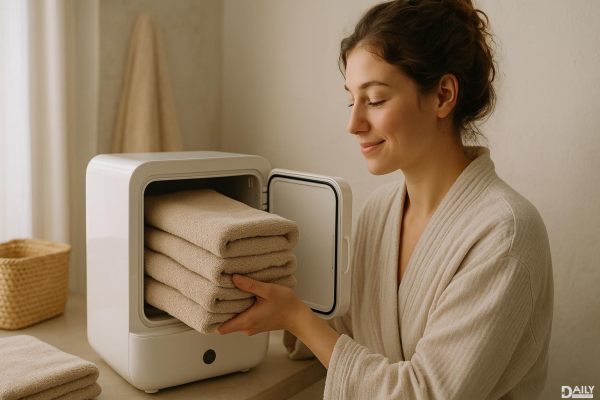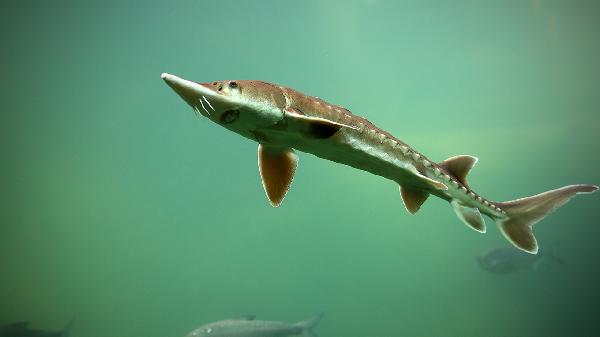So you've got a leech hitching a ride on your skin—gross, but not the end of the world. Before you panic, know this: leech removal is way simpler than you think, and you probably already have everything you need at home to handle it safely. No need for dramatic yanking or freaking out—just a little know-how and patience.

Leeches are sneaky little bloodsuckers (literally) that thrive in damp environments like lakes, rivers, and even your backyard after heavy rain. They’re attracted to movement, warmth, and the carbon dioxide we exhale—basically, they think you’re an all-you-can-eat buffet. Once they latch on, they secrete an anesthetic so you don’t feel them, along with an anticoagulant to keep your blood flowing freely. Nasty? Sure. But they’re not out to ruin your day—just to get a meal.
You might’ve heard horror stories about people burning leeches off or pouring salt on them like they’re seasoning a steak. Bad idea. Aggressive methods can cause the leech to vomit bacteria into your wound, increasing infection risk. Yanking it off? Also a no-go—you might leave its mouthparts embedded in your skin, which is as unpleasant as it sounds. So skip the DIY torture tactics and try these safer, smarter approaches instead.
Salt isn’t just for fries—it’s a leech’s worst nightmare. Sprinkling a pinch of table salt directly on the leech makes it recoil and detach fast. Why? Salt dehydrates them, and since leeches are basically tiny water balloons, they can’t handle it. Just don’t go overboard—a light dusting is enough. Once it lets go, flick it away and clean the bite with soap and water. Easy peasy.
If salt isn’t handy, raid your kitchen for vinegar or lemon juice. The acidity irritates the leech’s skin, prompting it to bail. Dab a cotton ball soaked in either liquid onto the leech, and it’ll loosen its grip within seconds. Bonus: your skin gets a mild disinfecting treatment in the process. Just avoid getting citrus juice in open cuts—it’ll sting like crazy.
Leeches don’t stay attached forever—they usually drop off after 20-30 minutes once they’re full. If you’re not squeamish and the leech’s in a harmless spot (not near your eyes or mouth), you can let nature take its course. Cover it with a bandage to avoid accidental ripping, and once it’s done, clean the area thoroughly. Not the most glamorous option, but it works.
After evicting your unwanted guest, wash the bite with warm water and mild soap to reduce infection risk. A dab of antibiotic ointment and a bandage are smart moves, especially if you’re outdoors. Leeches rarely transmit diseases, but the bite might itch or bleed longer than expected thanks to their anticoagulant spit. Resist scratching—it’ll only make it worse.
Most leech bites are harmless, but see a doc if the bite site gets red, swollen, or oozes pus—signs of infection. Same if you pulled the leech off roughly and suspect mouthparts are still lodged in your skin (they look like tiny black splinters). And if you’re in a region where leeches carry parasites, like some tropical areas, medical advice is a must.
The best removal trick? Not getting leeched in the first place. In leech-heavy areas, wear long sleeves, tuck pants into socks, and spray insect repellent on your clothes (leeches hate DEET). Avoid stagnant water, and check yourself (and pets!) after hikes or swims. A little vigilance saves you the ick factor later.
Leeches might be creepy, but they’re not invincible—or worth losing your cool over. With these tricks, you’ll be back to leech-free living in no time. Now go enjoy the outdoors (and maybe watch where you step).
























